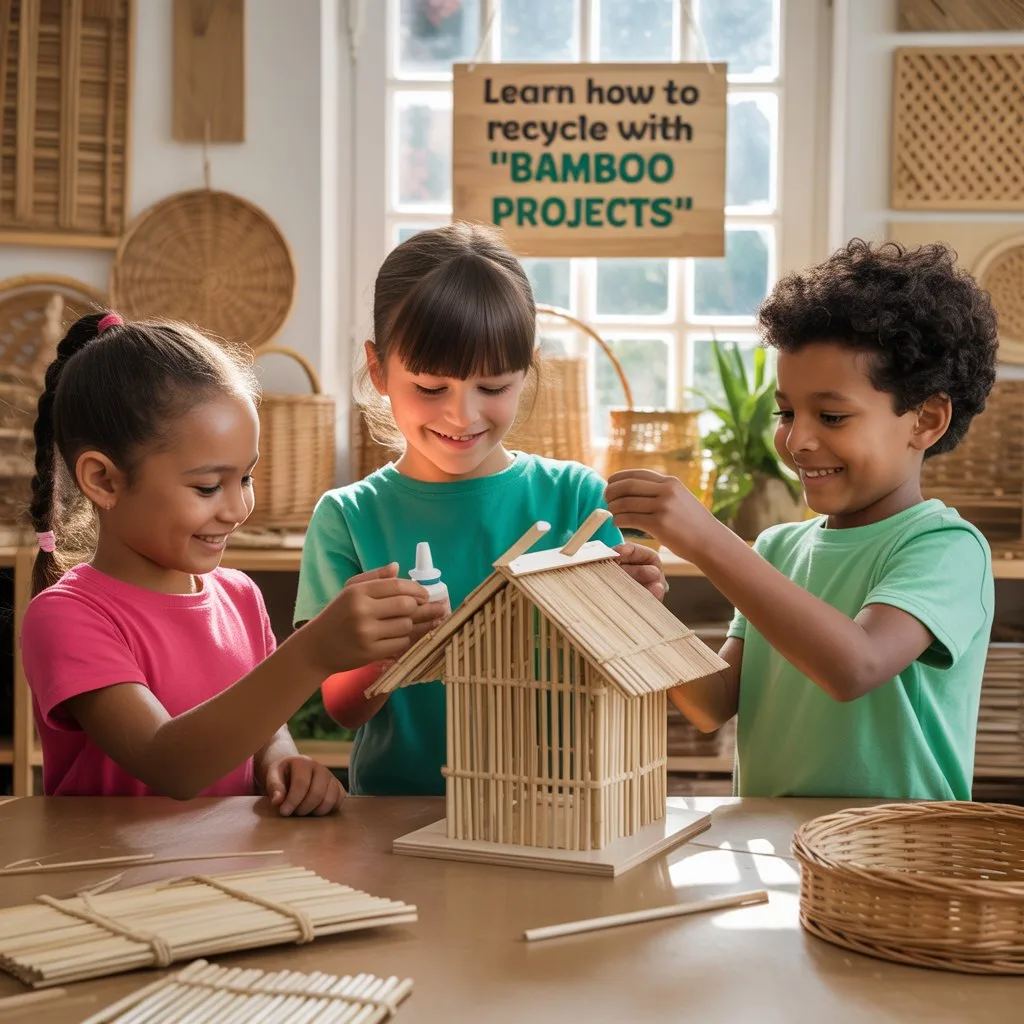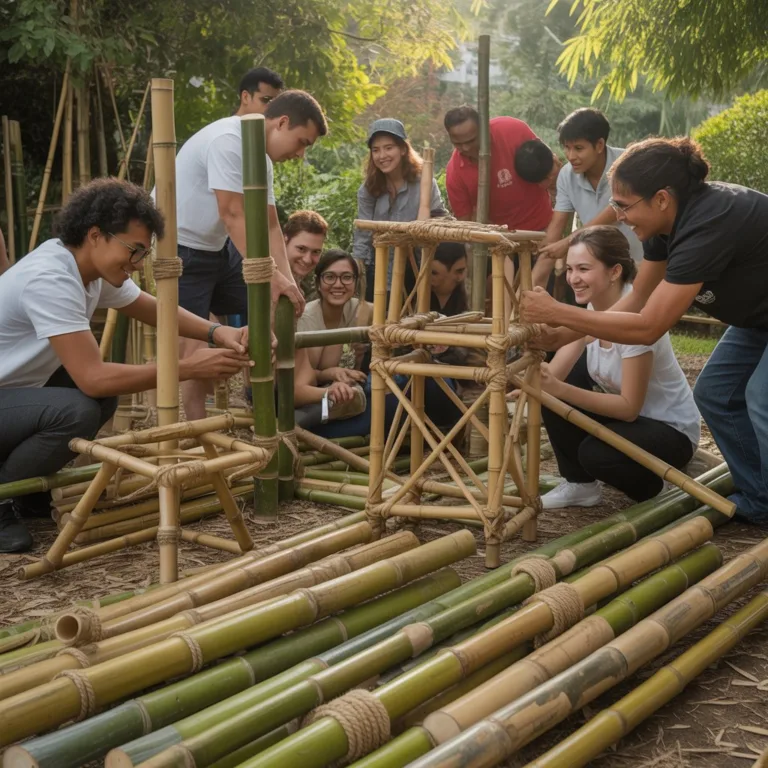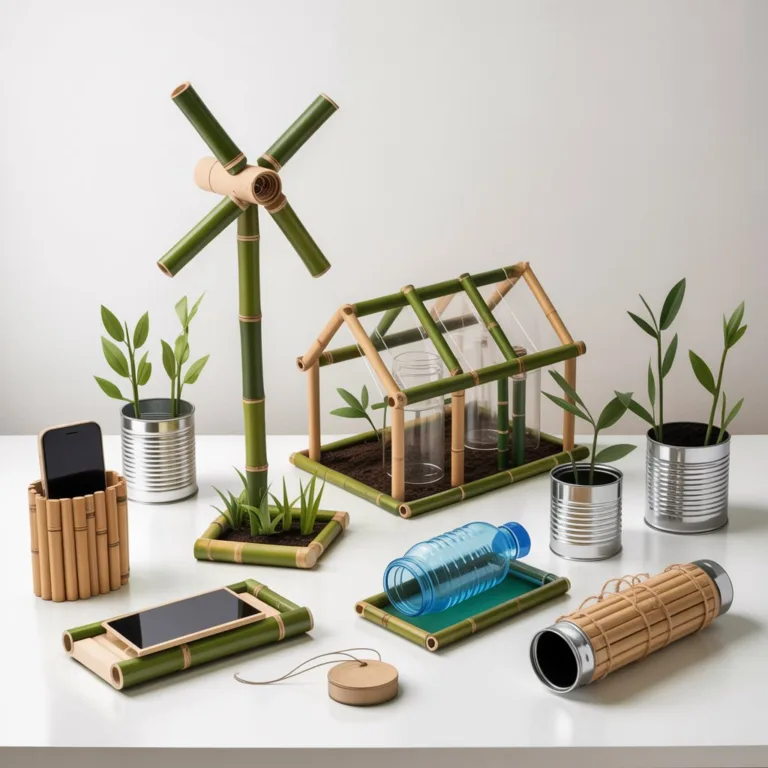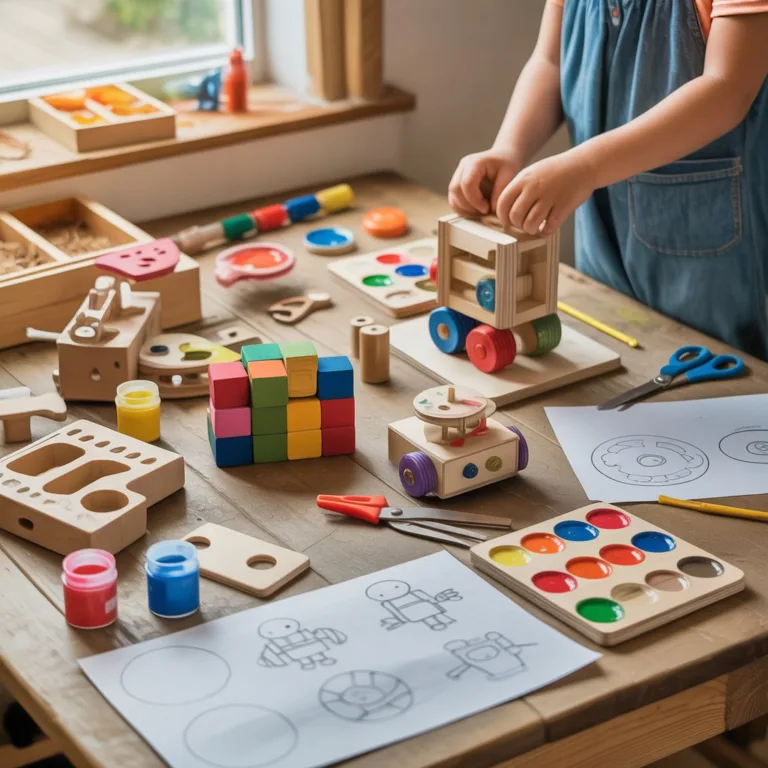Teaching recycling through bamboo projects is an innovative and interactive way to educate people of all ages about sustainability and environmental stewardship. Bamboo, a fast-growing and renewable resource, provides a perfect medium for hands-on projects, allowing learners to create functional or decorative items while understanding the importance of reducing waste.

These projects can be applied in schools, community centers, workshops, or at home, making sustainability tangible. Participants not only develop practical skills but also gain an appreciation for the environment and learn the value of reusing and repurposing materials.
Why Bamboo is Ideal for Recycling Education
Bamboo is one of the most sustainable materials available:
- Rapid Growth: Bamboo grows quickly, making it a highly renewable resource.
- Durability: It is naturally strong, lightweight, and flexible, suitable for building frames and structures.
- Eco-Friendly: Using bamboo reduces reliance on plastics and other non-biodegradable materials.
- Educational Benefits: Handling bamboo introduces concepts of geometry, structure, and balance, integrating STEM learning into craft activities.
By combining bamboo with recycled materials like fabric scraps, paper, or small plastic components, students gain a deeper understanding of resourcefulness and circular economy principles.
Planning a Bamboo Recycling Project
Effective planning ensures that the project is both fun and educational:
- Define Objectives: Decide if the goal is to teach basic recycling concepts, foster creativity, or develop engineering skills.
- Choose Materials: Gather bamboo sticks, string, glue, fabric scraps, paper, or other repurposed materials.
- Select Project Type: Decide what participants will create. Options include animal figures, decorative objects, small furniture, or educational models like bridges or towers.
- Consider Age and Skill Level: Tailor project complexity according to participants’ abilities, ensuring safety and engagement.
Sketching designs beforehand encourages critical thinking, planning, and problem-solving skills.
Building the Bamboo Structure
The structure is the backbone of any project:
- Cut Bamboo Pieces: Measure and cut pieces for the desired shape. Smooth edges to avoid splinters.
- Assemble Frames: Use string, twine, or eco-friendly glue to join bamboo pieces. Techniques like cross-joints or triangular bracing enhance stability.
- Test Stability: Ensure that the structure can stand or hold its intended load. Adjust as needed before decoration.
Constructing bamboo frames teaches principles of engineering and physics in a tangible, engaging way.
Incorporating Recycled Materials
Adding recycled materials reinforces the sustainability lesson:
- Fabric Scraps: Wrap or stitch to decorate, add texture, or create patterns.
- Paper and Cardboard: Use for additional structure, surface coverage, or artistic embellishment.
- Plastic Bottles or Caps: Integrate into models for functional or decorative elements.
Encouraging learners to creatively combine recycled elements promotes problem-solving, imagination, and awareness of material reuse.
Teaching Strategies
When teaching recycling through bamboo projects:
- Explain Environmental Impact: Discuss how reusing materials reduces waste and conserves resources.
- Demonstrate Techniques: Show safe ways to cut bamboo, join pieces, and decorate.
- Encourage Teamwork: Students can work in pairs or groups, enhancing collaboration and communication skills.
- Ask Reflective Questions: Encourage participants to consider how their choices impact the environment and community.
By integrating discussion, demonstration, and hands-on practice, learners absorb concepts effectively.
Creating Animal Figures
One popular project is designing animal figures:
- Plan Shapes: Choose animals whose forms are achievable with bamboo and recycled materials.
- Construct Frame: Use bamboo for limbs, body, and support.
- Decorate: Apply fabric, paper, or paint to add details like eyes, fur patterns, or wings.
This activity merges art, engineering, and environmental education while producing visually appealing results.
Educational Benefits
Bamboo recycling projects provide a wide array of educational outcomes:
- STEM Learning: Participants understand balance, geometry, and structural principles.
- Artistic Expression: Decorating frames fosters creativity and aesthetic appreciation.
- Environmental Awareness: Handling recycled materials emphasizes sustainability.
- Problem-Solving: Learners navigate construction and design challenges.
- Teamwork Skills: Collaborative projects enhance communication and planning.
These benefits make bamboo crafts suitable for educational programs, community initiatives, and family workshops.
Workshop Ideas for Schools and Communities
To maximize impact:
- Mini Recycling Fairs: Showcase completed projects alongside educational posters about sustainability.
- Hands-On Workshops: Allow participants to build and decorate bamboo projects in small groups.
- Competitions: Encourage creativity and innovation with prizes for originality, durability, and use of recycled materials.
- Integration with Curriculum: Link projects to science, art, or social studies topics, reinforcing academic objectives.
Structured activities provide both fun and meaningful learning experiences.
Safety Considerations
Handling bamboo and tools requires caution:
- Wear gloves when cutting or sanding bamboo.
- Supervise children using scissors, saws, or adhesives.
- Ensure joints are secure to prevent collapse.
- Avoid toxic paints or glue.
Promoting safety alongside creativity ensures a positive and productive environment.
Tips for Successful Projects
- Start simple and gradually increase complexity.
- Use lightweight bamboo for easy handling.
- Encourage experimentation with colors, patterns, and textures.
- Collaborate with peers to share techniques and ideas.
- Document progress with photos or journals to track learning outcomes.
These tips help maintain engagement while achieving educational goals.
Scaling Projects
Larger events or community programs can implement:
- Multiple Project Stations: Each station focuses on a different skill or material.
- Team Assignments: Participants work on different aspects of a single project.
- Integration with Environmental Lessons: Include discussions on waste reduction, composting, or sustainable living.
- Showcase Exhibits: Display completed projects in public spaces to promote community awareness.
Scaling encourages teamwork, planning, and environmental education.
Benefits Beyond the Workshop
Participants gain long-term value:
- Skills Development: Creativity, engineering, and fine motor skills.
- Sustainability Awareness: Lessons learned apply to daily life, encouraging recycling and reuse.
- Community Engagement: Collaborative activities strengthen local bonds.
- Cultural Awareness: Projects can incorporate local themes, wildlife, or traditions.
These projects provide tangible takeaways, fostering lifelong environmental responsibility.
Encouraging Continuous Learning
Bamboo recycling projects spark curiosity and problem-solving:
- Explore new design possibilities with recycled materials.
- Apply learned skills to other DIY or environmental projects.
- Encourage reflection on the impact of personal actions on the environment.
- Promote family and community participation in eco-friendly activities.
Continuous engagement reinforces sustainable habits and creativity.
Teaching recycling with bamboo projects merges hands-on learning, sustainability, and creativity. By transforming bamboo and recycled materials into functional or decorative items, participants learn valuable skills, environmental responsibility, and teamwork. These projects are ideal for schools, workshops, or family activities, providing engaging and impactful lessons in sustainability.

Elena Mora is a creative educator and eco-craft enthusiast who specializes in bamboo musical instruments and sustainable toys for children. She believes that hands-on learning through play teaches kids about creativity, music, and environmental responsibility.



